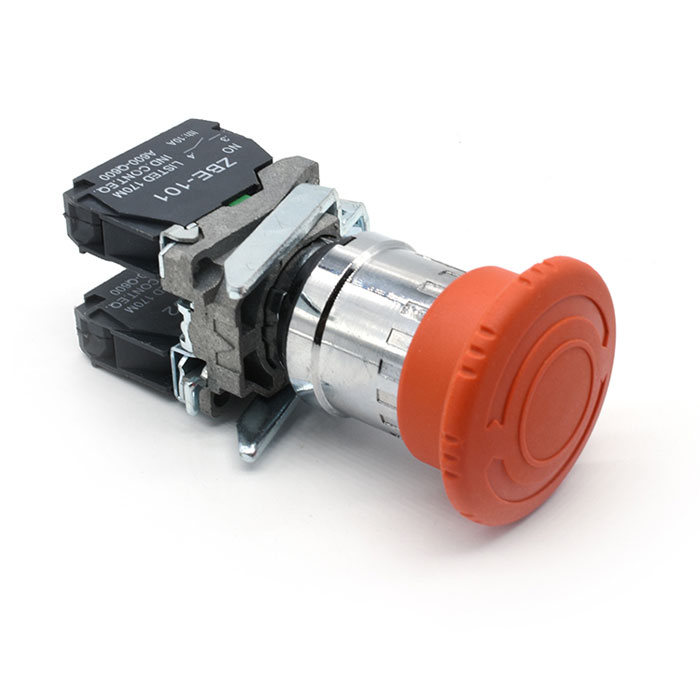Ensuring Safety in an Instant: Understanding the Purpose of Plastic Switch Safety Emergency Stop Buttons
2024-01-24
Introduction:
In industrial settings where machinery and equipment operate with precision and power, the need for rapid and effective emergency shutdown is paramount. Plastic Switch Safety Emergency Stop Buttons emerge as essential components designed to fulfill this crucial role. This blog aims to explore the purpose and significance of these emergency stop buttons in ensuring the safety of personnel and machinery in diverse industrial environments.
1. Immediate Hazard Mitigation:
The primary purpose of a Plastic Switch Safety Emergency Stop Button is to provide a swift and reliable means of halting machinery or processes in the event of an emergency. This immediate shutdown capability is essential for mitigating potential hazards and preventing accidents.
2. Protecting Personnel and Assets:
Emergency situations can arise unexpectedly, posing risks to both personnel and equipment. The Emergency Stop Button serves as a protective measure, enabling operators to quickly bring machinery to a halt, safeguarding individuals from harm and preventing damage to valuable assets.
3. Compliance with Safety Standards:
Plastic Switch Safety Emergency Stop Buttons are designed to comply with stringent safety standards and regulations. These standards outline the necessary features and functionality to ensure that emergency stop systems are effective in minimizing risks and meeting industry safety guidelines.
4. Preventing Escalation of Emergencies:
Rapid response is crucial in preventing emergencies from escalating. The Emergency Stop Button allows operators to take immediate action, minimizing the potential consequences of unforeseen events and creating a safer working environment.
5. Versatility Across Industries:
The purpose of Plastic Switch Safety Emergency Stop Buttons extends across various industries, including manufacturing, processing, and automation. Whether in factories, production lines, or industrial facilities, these buttons play a pivotal role in ensuring safety and preventing accidents.
6. Integrating with Control Systems:
Plastic Switch Safety Emergency Stop Buttons are often designed to integrate seamlessly with control systems. This integration enables a coordinated response, allowing the emergency stop command to propagate quickly through the entire system, shutting down interconnected machinery.
7. Reduction of Downtime:
While the primary purpose is safety, Emergency Stop Buttons also contribute to minimizing downtime in the aftermath of an emergency. The swift response helps in quickly resolving issues, facilitating faster assessments, and expediting the resumption of normal operations.
8. User-Friendly Operation:
The design of Plastic Switch Safety Emergency Stop Buttons prioritizes user-friendly operation. The buttons are typically large, easy to identify, and require a deliberate action to activate, reducing the risk of accidental engagement while ensuring quick access in emergency situations.
9. Visual and Auditory Indicators:
Many Emergency Stop Buttons feature visual and auditory indicators. These indicators serve to confirm the activation of the emergency stop, providing operators with clear feedback on the status of the system and aiding in troubleshooting after the event.
10. Training and Emergency Preparedness:
The existence of Emergency Stop Buttons underscores the importance of training and emergency preparedness in industrial settings. Personnel are educated on the location and proper use of these buttons as part of safety protocols.
Conclusion:
In the dynamic and fast-paced world of industrial operations, the Plastic Switch Safety Emergency Stop Button stands as a critical safety measure. Its purpose is clear – to provide an immediate and effective means of halting machinery during emergencies, protecting both individuals and assets. As industries prioritize safety in their operations, these emergency stop buttons play an indispensable role in creating environments that prioritize the well-being of personnel and the integrity of industrial processes.



